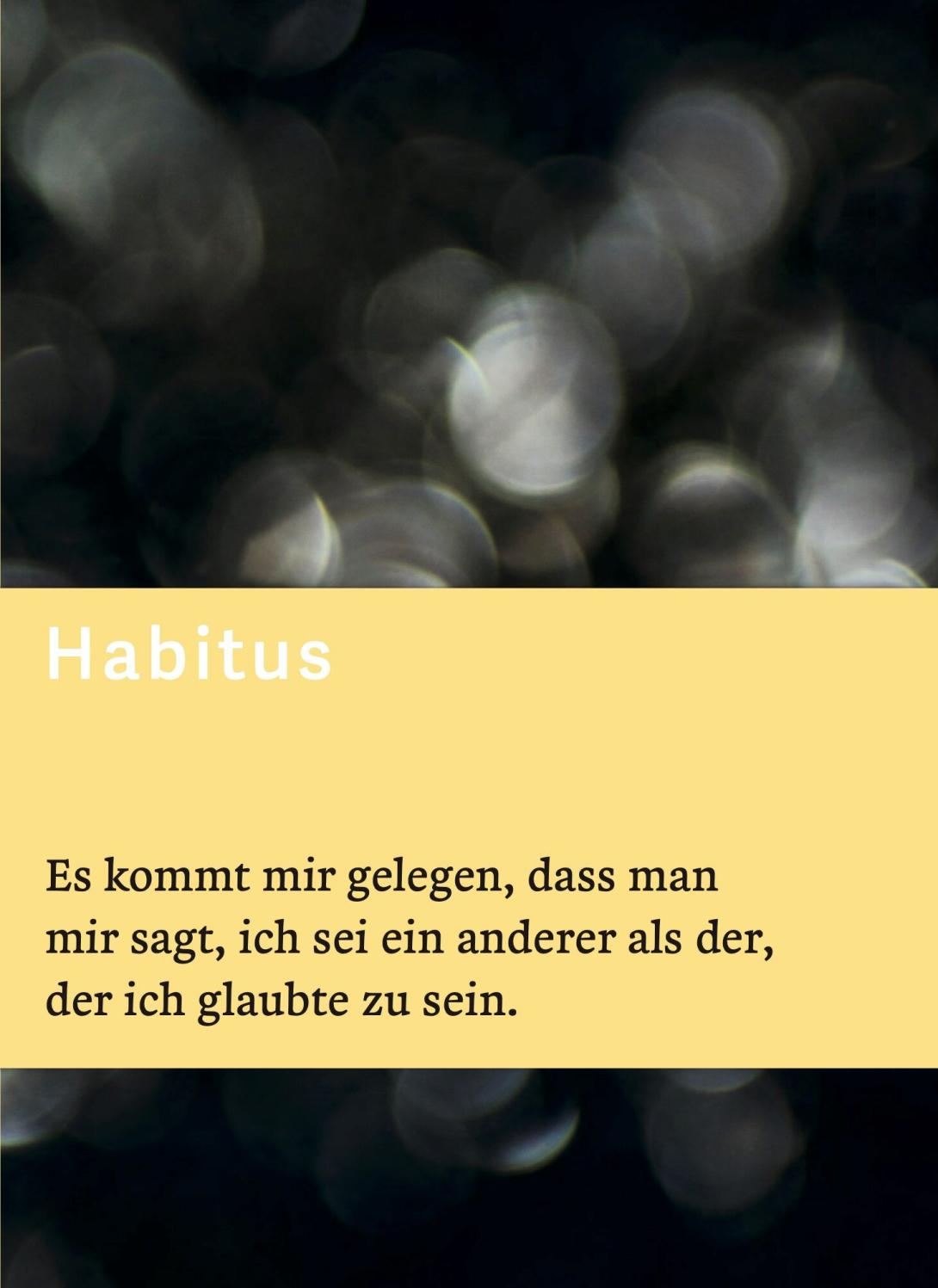"Without ship or land"

 editionR
editionRWaseem Hussain, Sascha Reichstein | Habitus | editionR | 141 pages | 47.00 CHF
"They tell me I am Indian. They tell me my name is Khemji." This is how Hussain's text begins, and it is perhaps no coincidence that the phrase is somewhat reminiscent of Moby Dick and its obsessively searching protagonist. Khemji travels to his supposed country of origin, driven by the need to rethink his identity. From where? From Pakistan, one suspects, but this is never stated. "It is convenient for me to be told that I am someone other than who I thought I was." He is already someone else, and yet his alleged new affiliation feels to him presumptuous.
Through wild dreams, cryptic postcards, and encounters both tangible and bizarre (the cab driver, goldsmith, bus driver and shoe dealer), we follow Khemji on his increasingly surreal journey through India - a country that assigns or denies belonging with shocking cruelty, depending on skin colour, religion, gender or social background. Everything that the great sociologist Pierre Bourdieu called a person's "habitus": the acquired complexity of our ways of thinking and behaving in the context of society - the construction of the individual.
Hussain's text could be called an "autofictional narrative". A whimsical tragedy of subtle, restrained sensuality, a quiet utopia.
Imaginary topographies
The framework is provided by Sascha Reichstein's close up photographs and graphics of minerals, making them resemble imaginary landscapes in black, white and metallic yellow. A congenial combination in the literal sense, an equal counterpart to the literary text, to which it lends additional depth. The Austrian artist explains that she photographed the minerals in the Natural History Museum in Vienna. She was fascinated by their "imaginary topographies". Quintessentially hybrid creatures, whose origins and locations are often difficult to ascertain and which have also involuntarily "migrated" (or rather; been migrated) to Europe from afar. By finally establishing the connection between the "habitat" of stones, people, living beings and Bourdieu's "habitus", Silvia Henke came full circle and gave this Gesamtkunstwerk its title.
History of a land grab
"What is literature if not a form of land grab", the writer Dana Grigorcea said recently. This is exactly what Hussain and Reichstein do and describe in their own style.
Waseem Hussain on Literatur.Review: Niwala - A story from Pakistan and Switzerland
"Habitus" is a delight for the senses, not least thanks to the lavish design and art work by Hanna Williamson. (Particularly beautiful is the tactile and visual experience of the specifically designed hardback book block). It is to be hoped that it will not only find many readers, viewers and coffee-table owners, but will make the long list of the "Most Beautiful Swiss Books". We wish the author, Waseem Hussain, many appearances and discussions. He possesses not only linguistic talent, but also has something intelligent to say, from an unintentional yet unflinchingly different and unique perspective on the complexity of human experience, particularly with regard to origin and migration.



